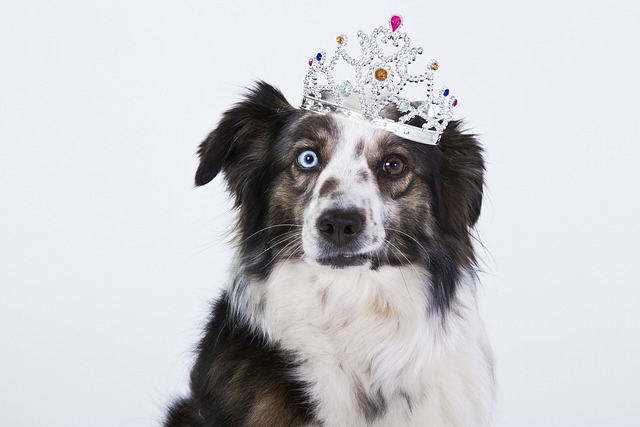
Should I give my dog vitamin supplements
If you’ve ever stood in the pet store aisle, staring at bottles of dog vitamins labeled “immune support” or “shiny coat,” you might’ve wondered if your pup really needs them.
Picture this: You’re chopping carrots for dinner, and your Labrador’s tail starts wagging so hard it’s practically a metronome. Should you toss a raw stick their way, or is cooking veggies the safer bet? The answer isn’t one-size-fits-all, and understanding the ins and outs of feeding your dog vegetables can keep your furry friend’s tail wagging for years to come.
Raw vegetables can offer benefits, like acting as natural dental chews. Crunchy options such as apples (without the seeds, of course) or raw carrots can help scrape plaque off your dog’s teeth while they munch. But there’s a catch. Some raw veggies, like broccoli or cauliflower, contain compounds that may cause gas and bloating in sensitive stomachs. Just like when you introduce any new food, watch for signs of discomfort, and remember that local regulations require proper waste cleanup—you’ll want to avoid excessive gas that could lead to unpleasant surprises on your next community walk.
Cooking vegetables can make them easier to digest. When Sarah, a dog owner in a busy city apartment, switched from raw to steamed green beans for her Beagle, she noticed fewer bathroom accidents and more enthusiasm at mealtime. Cooking breaks down tough fibers, releasing nutrients that are more accessible to your dog’s digestive system. This is especially important for older dogs or those with pre-existing health conditions, as their bodies may struggle to process raw produce efficiently.
However, how you cook matters. Steaming or boiling vegetables without added salt, butter, or spices is ideal. Avoid roasting with oils or seasoning, as these can upset your dog’s stomach and even lead to pancreatitis in some cases. In households with multiple pets, it’s crucial to portion out vegetable servings properly, just as you’d manage resources in a shared apartment space. Positive reinforcement comes into play here too—if your dog isn’t keen on trying cooked veggies at first, pair them with a small, healthy treat to encourage exploration.

Certain vegetables pose risks whether raw or cooked. Onions and garlic, common in many human dishes, are toxic to dogs and should always be avoided. Even small amounts can damage their red blood cells over time. When hosting friends or family, make sure everyone knows the rules about sharing food, much like you’d enforce apartment building policies about noise or cleanliness. And if your dog accidentally nibbles something they shouldn’t, remember that current vaccinations are key to their overall health and ability to fight off potential infections.
When integrating vegetables into your dog’s diet, start small. Whether you choose raw or cooked, introduce new foods gradually to avoid digestive upset. In suburban neighborhoods, where dogs might have more space to roam, keep an eye on what they eat during walks, as well as at home. If your dog shows signs of discomfort, like vomiting or diarrhea, consult your vet immediately.
Feeding your dog vegetables can be a great way to boost their nutrition, but the raw vs. cooked decision depends on your pet’s individual needs. By being mindful of preparation methods, potential risks, and your dog’s unique preferences, you’ll ensure that every veggie bite contributes to their well-being. And as responsible pet owners in any community, always clean up after your dog and approach training and care with patience and kindness.

If you’ve ever stood in the pet store aisle, staring at bottles of dog vitamins labeled “immune support” or “shiny coat,” you might’ve wondered if your pup really needs them.

If you’ve ever thought about swapping your dog’s kibble for something homemade, you might’ve worried: “Will I get the nutrients right?”

If you’ve ever watched your dog tilt their head like they’re confused, or scratch at their ear until they whimper, you might be seeing signs of an ear infection.

Golden Retrievers, with their lush coats and playful spirits, often steal hearts in parks and homes alike. But that same thick fur that makes them so cuddly can sometimes be a double-edged sword when it comes to skin health.

If you’ve ever left a friend’s house with a dog and spent the next hour sneezing, your eyes red and watery, you’ve probably wondered when the discomfort will end.

If you’ve ever watched your dog scratch until their skin turns red, or noticed them licking their paws raw after a walk, you’ve probably wondered what’s causing their discomfort.